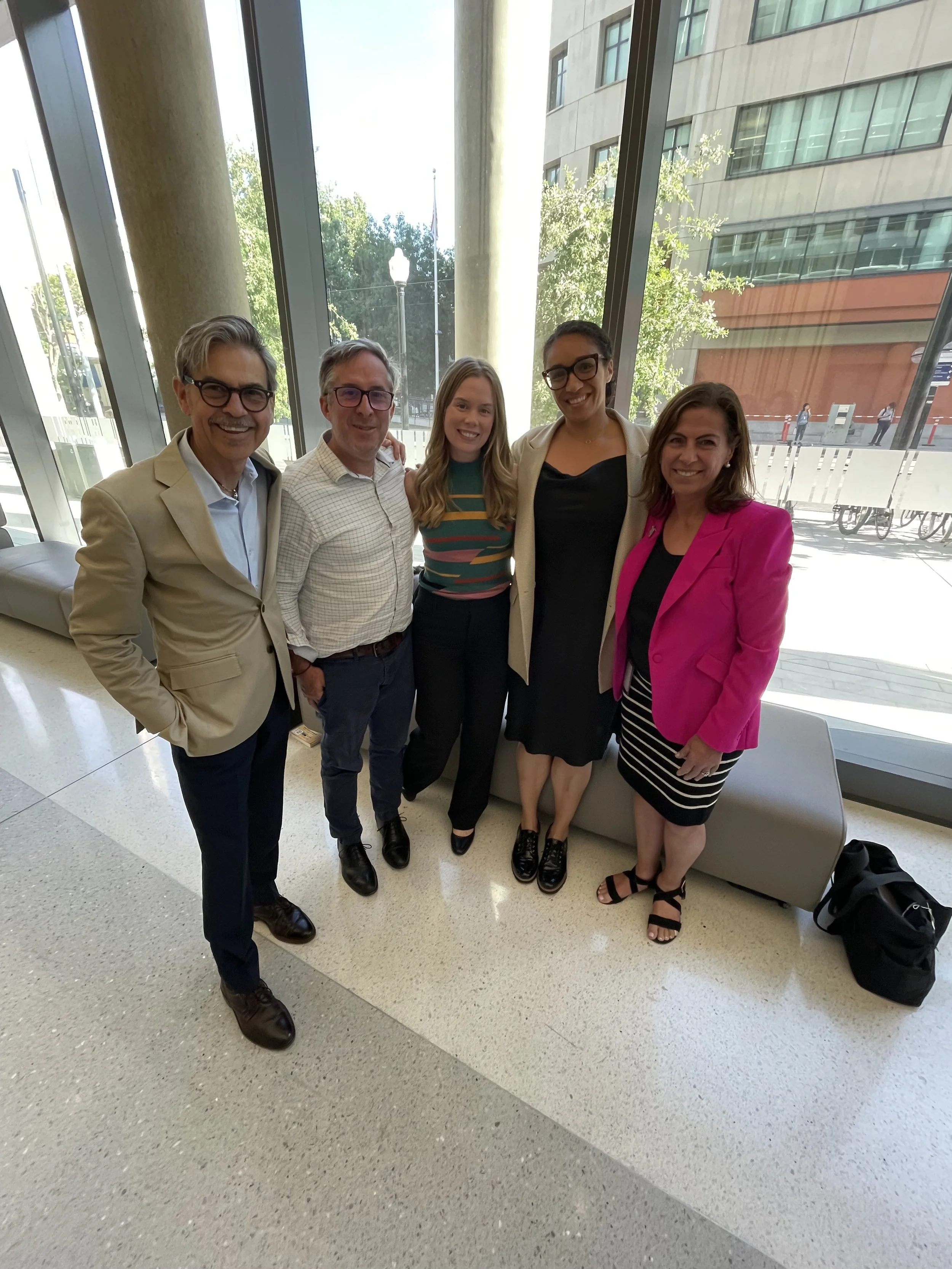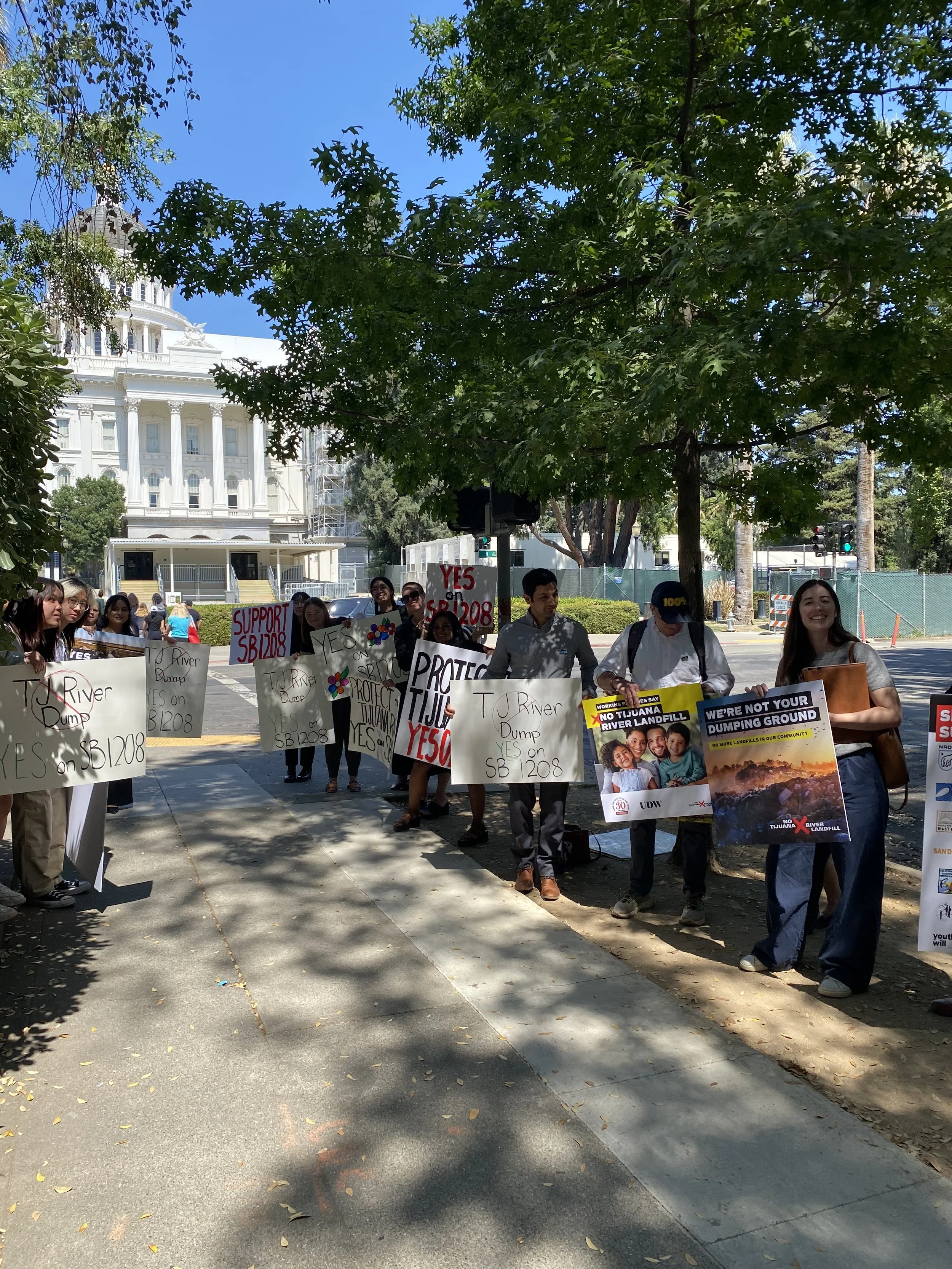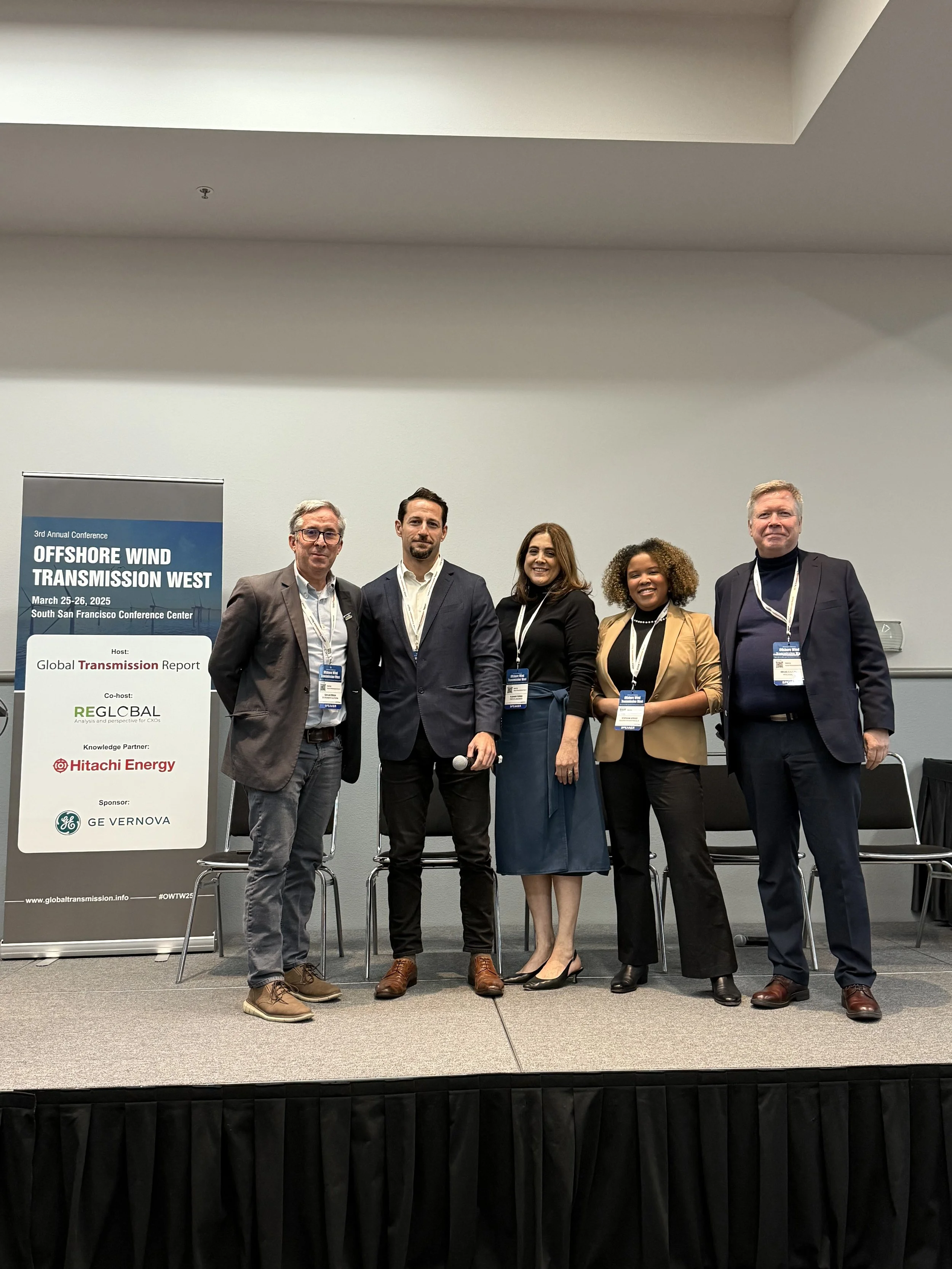
Projects
CLEAN ENERGY
Dan and Rocky with the AltaSea team and ASM Papan
Vien speaking at
-
We worked to pass the California’s first law setting up offshore wind in the state (AB 525).
-
Gateway Cities sit on the outskirts of LA and have been hit with some of the worst air pollution. We’re doing something about it.
-
We have successfully advocated for interim clean-energy targets: 90% by 2035, 95% by 2040, and 100% by 2045. These targets are critical steps toward a sustainable energy future.
-
Our co-founders at Eco Equity have been at the forefront of driving solar policies that position California as a leader in renewable energy.
[Read more]
Dan with CEBA after our bill passed
Dan and Gavin Newsom
CLEAN TRANSPORTATION
-
We have built policies at the very outset to make sure that EVs aren’t only in the hands of elites.
-
Our co-founders were two of the co-leads that helped pass Charge Ahead, helping to accelerate EV use in California.
Dan moderated a panel on offshore wind ports and supply chain issues.
Organizing local activists at the Capitol
SUSTAINABILITY
-
In partnership with CERES, Global Fashion Agenda, and Climate Group. Read More
-
Clean energy is the cornerstone of a sustainable future. At Eco Equity, we have been at the forefront of driving clean-energy policies that position California as a leader in renewable energy and pioneering initiatives for a Blue Economy.
-
Eco Equity has worked with Surfrider to protect our California coastline.
-
Archaeologists play a key role in protecting culture, heritage, and native lands. We work with the CSA to pass legislation for protective lands.
Dan with Environment California Director Laura Deehan and ASM Petrie-Norris after our bill got Grid Enhancing Technologies passed unanimously
Vien speaking at a rally for Lead-Free Schools

Legislative Wins in 2024
Eco Equity is accelerating the transition to 100% clean energy by partnering with organizations committed to real progress. We collaborate with large businesses that aim to reach clean energy goals ahead of California’s 2045 mandate, setting a powerful example for others. By bringing new and diverse voices into clean energy discussions, we are reshaping perceptions and proving that clean energy is not only viable but essential for a strong economy.
Our work involves navigating complex regulatory processes, such as reviewing dense programs like Resource Adequacy at the CPUC, and supporting innovative solutions like wave and tidal power. At Eco Equity, we are passionate about working with those dedicated to driving clean energy and equity forward, ensuring a faster and more inclusive transition for all.
-
Passed unanimously, SB 1006 requires electrical transmission utilities to develop feasibility studies on grid-enhancing technologies (GETs) and advanced reconductors by January 1, 2026. These studies will guide future improvements in the state’s energy infrastructure. Eco Equity led the Unlock the Grid Coalition, a diverse alliance of environmental, labor, and business groups, to secure broad support for the bill.
-
Another unanimous success from the Unlock the Grid coalition, AB 2779 mandates that the California Independent System Operator (CAISO) reports any new use of grid-enhancing technologies in each transmission plan, along with cost and efficiency savings, to the Public Utilities Commission and relevant legislative committees.
-
This bill, passed after over a year of advocacy by Eco Equity and Brightline Defense, establishes the Offshore Wind Community Capacity Funding Grant Account. It aims to build capacity in local and tribal communities to engage in offshore wind energy development. Collaborative efforts between environmental justice organizations, offshore wind developers, and the administration were crucial to its passage.
-
One of the most challenging bills passed in 2024, AB 2368 strengthens California’s grid reliability and mitigates energy price spikes during peak demand. This bill modifies key aspects of the Resource Adequacy (RA) program and the Integrated Resources Planning (IRP) process at the CPUC. Negotiations involved multiple stakeholders, including public and private utilities, load-serving entities, and the administration.








